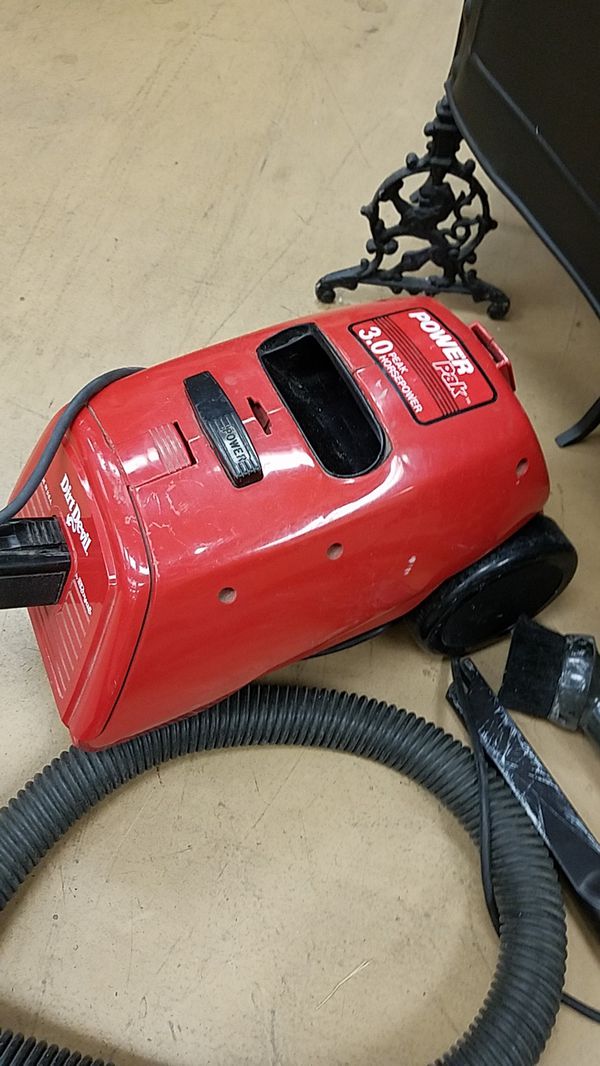
The sand catches in all the nooks and crannies causing motor overheating and burn out. Sand is particularly troublesome to motors because of its granularity. Interestingly, much to Dirt Devil-TTI's surprise, 'blow by' poses risks to the motor and hence the operation and longevity of the vacuum. Do we have a 3 strike rule in the vacuum industry? Maybe we should? Yes, MOLE you're right! This makes strike 2. Thanks for the Kone information and the Web Sites.
#Dirt devil kone m0213 manual arts free#
The company told us it had received no injury reports and believes the “blow-by” does not pose an issue but would send the newer part free of cost to owners who asked for it. The M0213 models with a “J” are from a different plant and have a better-sealing adapter the part fits all “L” versions, including the M0212, TTI said. The company then told us its tests showed “blow-by” in certain units and linked it to an undersized filter adapter on some Kones with an “L” on the unit and box (see photos). TTI confirmed that both models share the same design and subsequently did its own tests with silica sand. We notified the Consumer Product Safety Commission and TTI Floor Care, which owns the Dirt Devil brand. Both models released small particles of each in the same way. To better assess the models’ real-world risks, we also used sand found in many backyards and glass from broken lightbulbs-common cleaning messes. We used fine, uniform silica sand as we do with all vacuums to test carpet and floor cleaning. We repeat the process until we converge to the root.Dirt Devil calls its best-selling, handheld Kone M0213, $45, and similar M0212, $43, “an elegant, sculptural form that can be left on display.” Our tests suggest some Kone owners should do precisely that.įour of the M0213 and two of the M0212 models threw some of the sand they picked up out of their exhaust ports at testers’ faces and eyes, something we didn’t find with other hand vacs. We always take the next x-value as the midpoint of the last pair that bracket the root : these values bracket the root when there is sign change of f(x) at the two points. Let's take the interval (x1, x2), x3 is halfway between x1 and x2, x4 is halfway between x2 and x3.

Successive values converge on a root of function f(x) when we begin with a pair of values that bracket the root.

Root is found by repeatedly bisecting an interval. First, we must know an interval in which a root lies. But it is relatively time consuming method.

This version recomputes the function values at each iteration rather than carrying them to the next iterations.


 0 kommentar(er)
0 kommentar(er)
